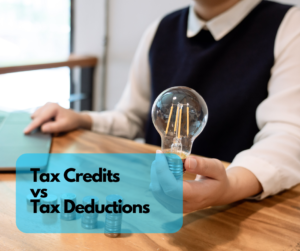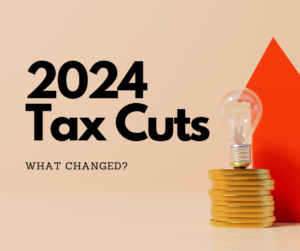
How to compare home loans and features
How to compare home loans and features

Which home loan is right for you? How can you tell when there are so many different lenders, loan types and features available?
It can be confusing, particularly if you are a first-time buyer. Fortunately, we’re here to help explain things, so let’s dive in.
Interest rates versus comparison rates
Interest rates are one of the factors that determine the cost of your mortgage and repayments. Even a small difference in interest rates can have a huge impact on how much interest you’ll pay over the course of the loan.
However, rather than just going with the lowest interest rate, it’s important to consider the comparison rate when comparing loans.
The comparison rate is an indication of the true cost of a loan once the interest rate and fees are included. It’s usually expressed as a percentage, making it easier for you to compare the real cost of different loan products.
Loan types
Principal and interest
With a principal and interest loan, you’ll be paying off both the principal (the amount you borrowed) and the interest.
People buying their own home usually opt for this type of loan, as it helps you pay down your mortgage until you eventually own the property.
Interest-only
An interest-only loan allows you to pay the interest you owe on the loan for a fixed period – usually one to five years.
At the end of the fixed period, the loan usually reverts to a principal and interest loan. Some people choose to refinance to another interest-only period at that point.
People buying an investment property often start off with an interest-only loan because the interest is tax deductable. However, interest rates on these types of loans are usually higher. And because you’re not paying down the principal during the fixed period, you will likely end up paying more interest over the term of the loan.
Variable home loan
With a variable home loan, your interest rate will fluctuate. If rates go down, your repayments will decrease, but if they go up, so too may your repayments.
One positive is that often with these types of loans you can make extra repayments, thereby saving on interest and potentially paying off your loan sooner.
Fixed home loan
A fixed rate loan is where you lock in your interest rate for a period (usually one to five years). The key benefit is that you’ll know exactly how much your repayments will be and can budget accordingly.
However, there may be restrictions on maying extra repayments and if you want to end the fixed rate period early (if you sell, for example), you may be up for exit fees.
Split home loan
Want the best of both worlds? With a split loan, you can fix a portion of your loan and keep the rest variable.
This option allows you to budget for the fixed portion and lock in a competitive interest rate, while enjoying any interest rate drops on the variable component and being able to make extra repayments.
Loan features
There are all sorts of loan features that can potentially save you money in interest and shave time off your loan term.
An offset account, for example, allows you to offset any savings in a transaction account against the balance of your home loan. Say you owe $300,000 and there’s $50,000 in your offset, you’ll only pay interest on $250,000.
A redraw facility gives you the flexibility to make extra repayments on your home loan and potentially save on interest, but still gives you access to the funds.
Deciding what’s right for you
The bottom line is there’s no one-size-fits all loan for everyone. The right home loan for you depends on your specific financial circumstances and goals.
Talk to us and we’ll line you up with a competitive home loan that meets your needs.
Featured Articles
Accessing your super early might be illegal
Superannuation is a crucial way to save for retirement, but accessing it early requires meeting strict conditions. Beware of schemes …

Tax credits vs. Tax deductions
When it comes to taxes, understanding the difference between tax credits and tax deductions can save you lots of confusion. …

8 ways to grow your business this year…
Are you a business owner? Here’s 8 ways to grow your business this year! Connect with a Business Adviser: Seek …

Understanding the 2024 Tax Cuts: Cost-of-Living Relief
The Australian government has taken significant steps to provide cost-of-living relief through tax cuts for all taxpayers. Starting from July …

Three steps to track and improve your spending habits…
Track Your Spending and Expenses: Begin by getting a clear view of where your money is going day-to-day. Choose how …

Attention young adults, get your tax return sorted from just $49!
Are you under 21 years old and wondering how to navigate the world of taxes? Look no further! At The …

Its time for Fringe Benefits Tax!
FBT Basics: If you’re an employer offering staff perks, it’s time to deal with fringe benefits tax (FBT). FBT applies …


